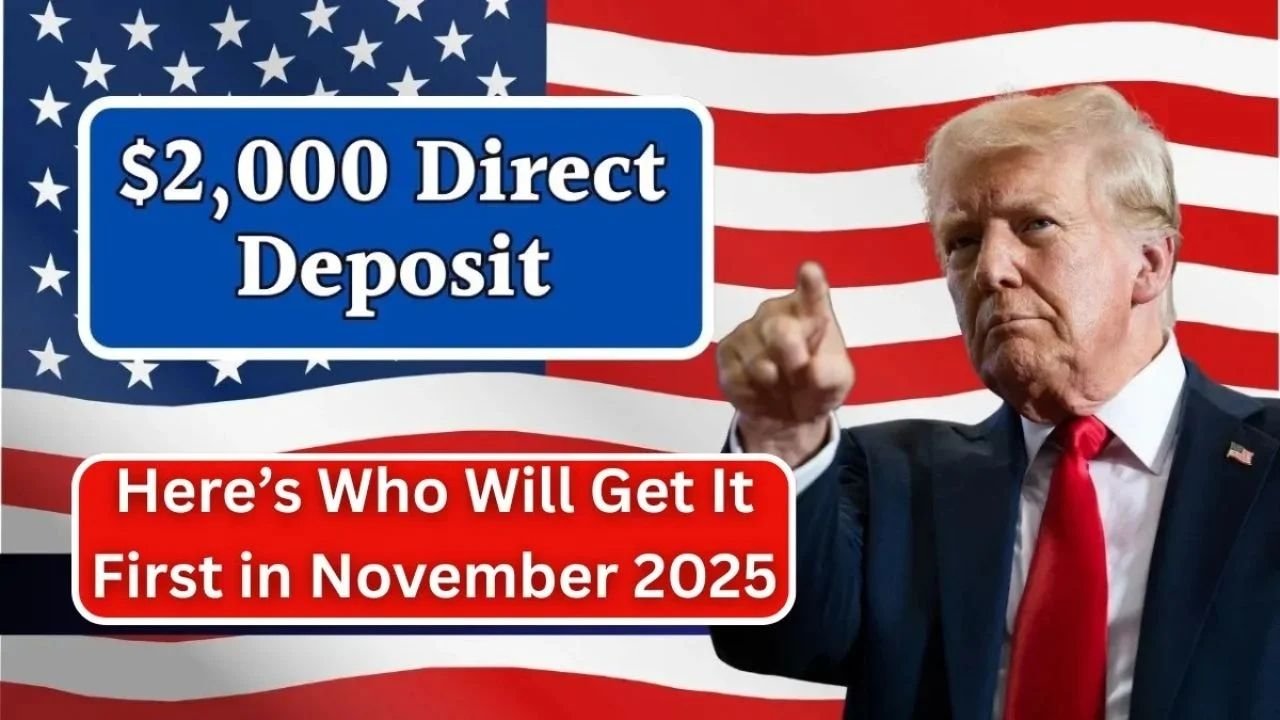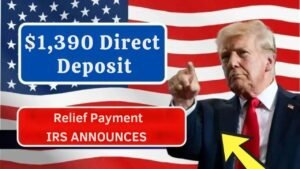Millions of Americans are set to receive $2,000 direct deposit payments as part of a federal relief initiative aimed at easing financial pressure from rising costs. With inflation, rent increases, and everyday expenses challenging households nationwide, this one-time payment provides timely support for families, retirees, and low- to middle-income earners. Here’s everything you need to know to make sure your payment arrives smoothly.
What Is the $2,000 Direct Deposit Payment?
The $2,000 payment is a one-time federal relief payment distributed by the Internal Revenue Service (IRS) and deposited directly into eligible recipients’ accounts.
This program primarily targets:
- Working families and individuals
- Retirees and seniors
- Social Security (SSI/SSDI) and Veterans Affairs (VA) beneficiaries
- Low- to middle-income households
The goal is to provide direct financial support to households struggling with everyday expenses and seasonal costs.
Who Is Eligible for the $2,000 Payment?
Eligibility depends on citizenship, income, and federal benefit records.
Basic Requirements
- Must be a U.S. citizen or lawful permanent resident
- Have a valid Social Security Number (SSN) or Taxpayer Identification Number (TIN)
- Filing a 2024 federal tax return is recommended for eligibility verification
Income Limits for Full Payment
| Filing Status | Maximum Income for Full $2,000 |
|---|---|
| Single | $75,000 or less |
| Married Filing Jointly | $150,000 or less |
| Head of Household | $112,500 or less |
Individuals earning above these thresholds may receive a partial payment.
Automatically Eligible Groups
No additional forms are required if you are:
- Receiving Social Security (SSI/SSDI)
- A VA beneficiary
- Retirees already receiving federal benefits
When Will Payments Be Sent?
The IRS plans a staggered payment schedule to ensure timely distribution:
- Direct Deposits: November 18 – December 10, 2025
- Paper Checks: Mailed later if no bank info is on file
- Federal Benefit Recipients: May receive funds earlier via existing deposit systems
Direct deposit is the fastest and safest method, while mailed checks may take additional time.
Steps to Ensure You Receive Your Payment Quickly
To avoid delays, the IRS recommends:
- File Your 2024 Tax Return: Ensures your info is current
- Set Up Direct Deposit: Fastest delivery option
- Update Personal Information: Verify your bank account, mailing address, and filing status on IRS.gov
- Avoid Scams: The IRS never calls, texts, or emails to request banking info
Using the IRS “Get My Payment” tool can help track payment status once distribution begins.
Why This Payment Matters
The $2,000 relief deposit can help Americans cover essential costs such as:
- Grocery and household expenses
- Rent or mortgage payments
- Medical and prescription bills
- Utility and fuel costs
It also provides critical support for seniors, veterans, and low-income families, helping restore stability during the holiday season and ahead of the new year.
FAQs – $2,000 IRS Payment November 2025
1. Do I need to apply?
No. Payments are automatic based on tax returns or federal benefit records.
2. Will Social Security or VA recipients qualify?
Yes. SSI, SSDI, and VA benefit recipients are automatically eligible.
3. How will I receive the payment?
Most will get direct deposit; those without bank info will receive a paper check.
4. What if I haven’t filed taxes recently?
Federal benefit recipients may still receive payment. Others should file their 2024 tax return.
5. Can payment be delayed?
Yes. Delays may occur if your IRS bank or address info is outdated.
Conclusion
The IRS $2,000 direct deposit payment is a crucial financial boost for millions of Americans facing rising living costs. Ensure your tax records and banking information are current to avoid delays and receive your payment without issues. Always rely on official IRS updates and never trust third-party messages claiming to process your payment. This one-time relief provides real financial support, offering stability as families head into 2026.





